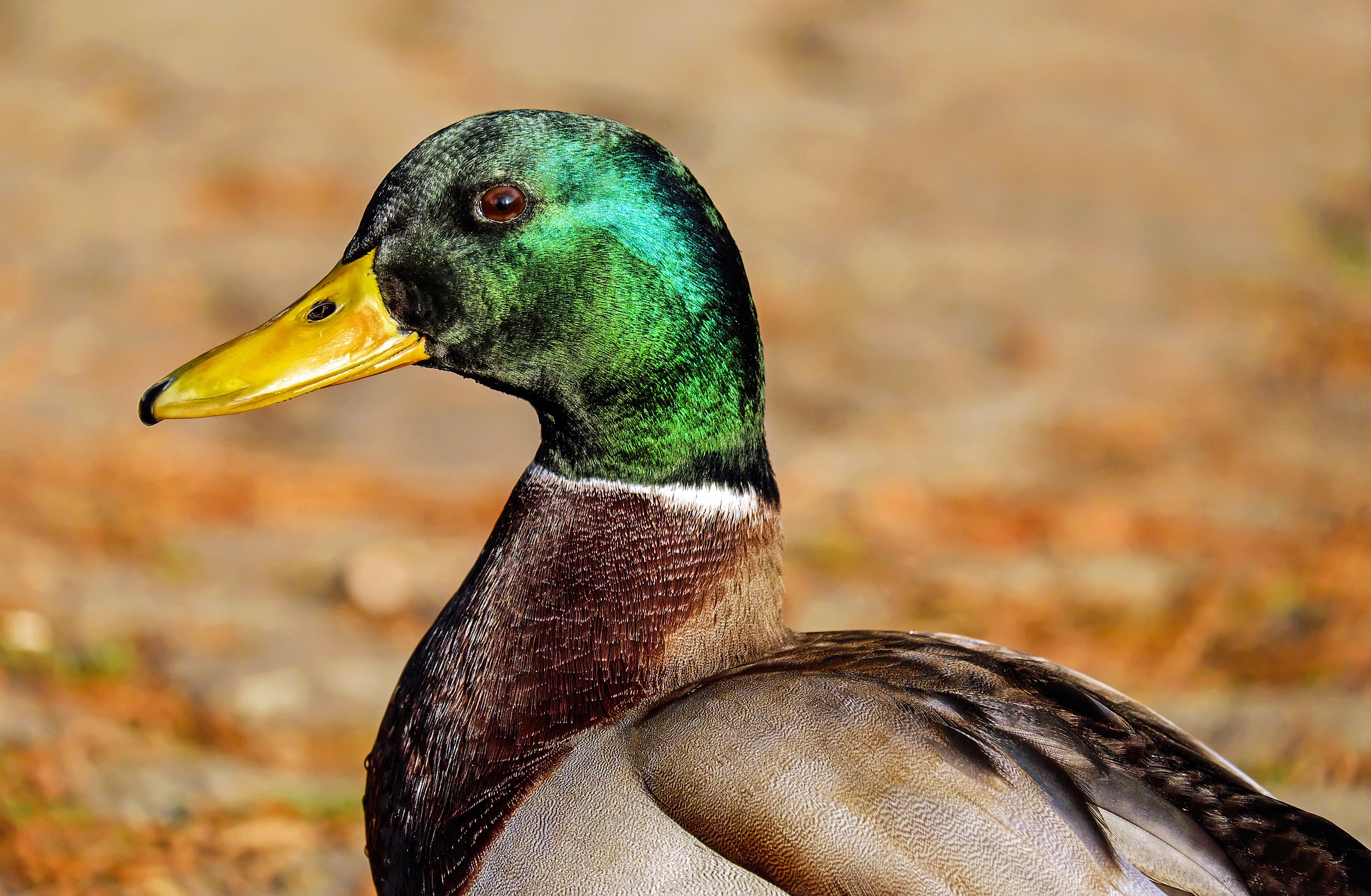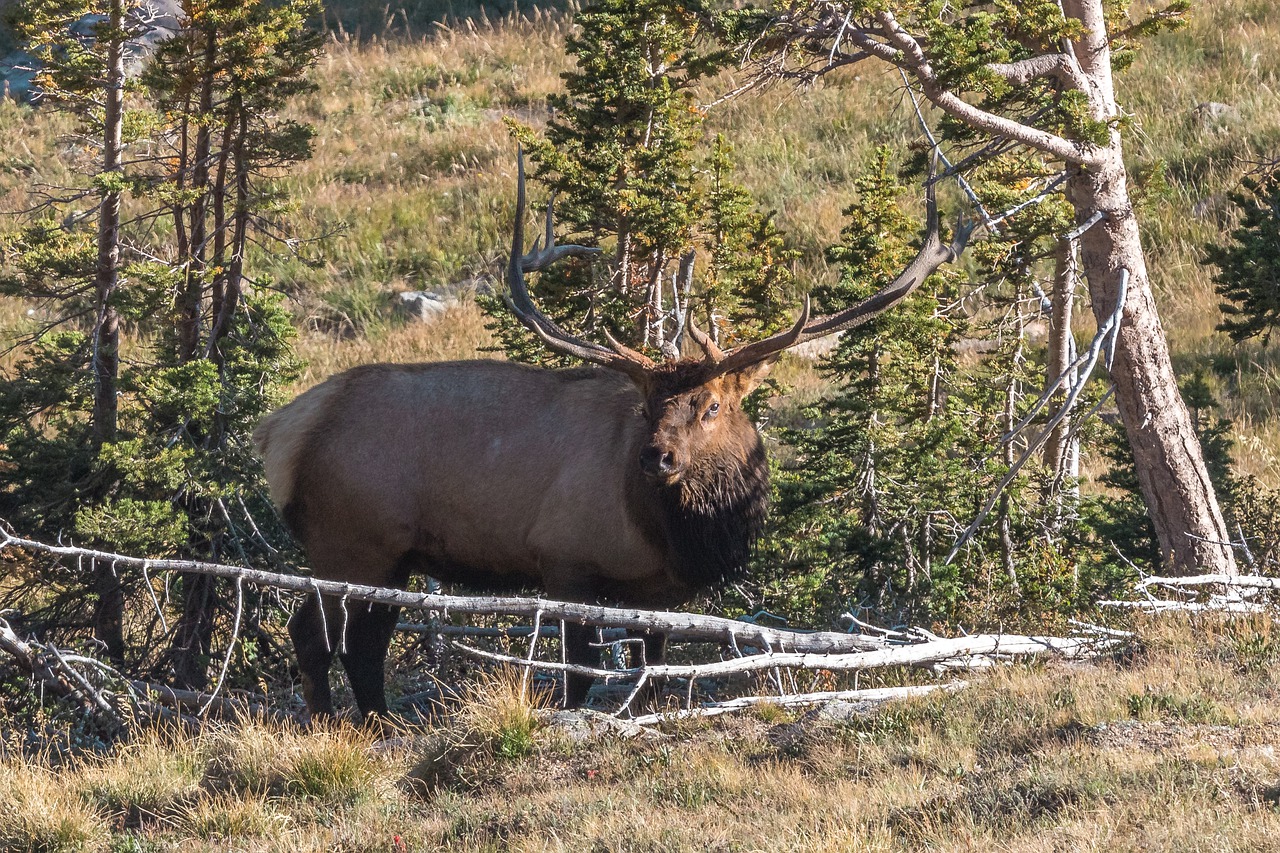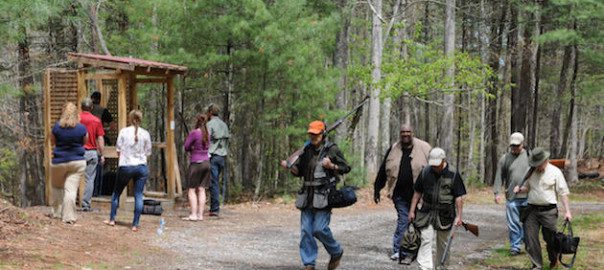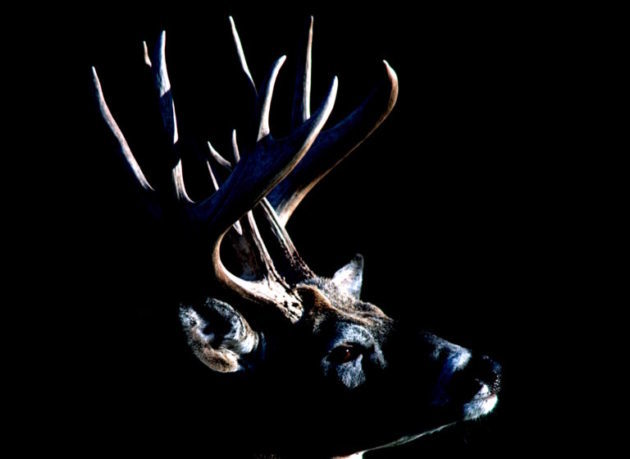 The North Dakota Game and Fish Department’s annual fall wetland survey indicates good-to-excellent conditions for duck hunting throughout the state
The North Dakota Game and Fish Department’s annual fall wetland survey indicates good-to-excellent conditions for duck hunting throughout the state
Andy Dinges, migratory game bird biologist, said the number of duck hunting wetlands are up about 65 percent statewide from a year ago, largely driven by record fall wetland conditions in the south central and southeast regions of the state. The northwest, north central and northeast regions have also seen 30 to 37 percent increases in the number of duck hunting wetlands compared to last fall.
“Fall wetland records for the south central and southeast regions were easily broken, and duck hunting wetlands recorded in these regions are up about 300 percent from average,” Dinges said.
Wetland conditions had been declining for a few years now, Dinges mentioned, but adequate snowmelt and abundant rainfall throughout spring and summer have dramatically improved wetland conditions in the state.
“However, the north central and northeast regions of the state are still recovering from drought conditions experienced over the last few years, and the number of duck hunting wetlands in these regions remain slightly below average,” Dinges said.

The quality of waterfowl hunting in North Dakota is largely determined by weather conditions and migration patterns. Dinges said good reproduction for ducks in traditional breeding areas this year also make for good fall hunting potential in North Dakota. However, he said given these wet conditions, hunters may encounter wetlands with extensive flooded vegetation, potentially making hunting difficult in some areas.
“Hunters should always scout because of ever changing conditions and distribution of waterfowl,” he added. “Hunters should also be cautious driving off-trail to avoid soft spots, and while encountering areas of tall vegetation that could be a fire hazard.”
The fall wetland survey is conducted annually in mid-September, just prior to the waterfowl hunting season to provide an assessment of conditions duck hunters can expect.




